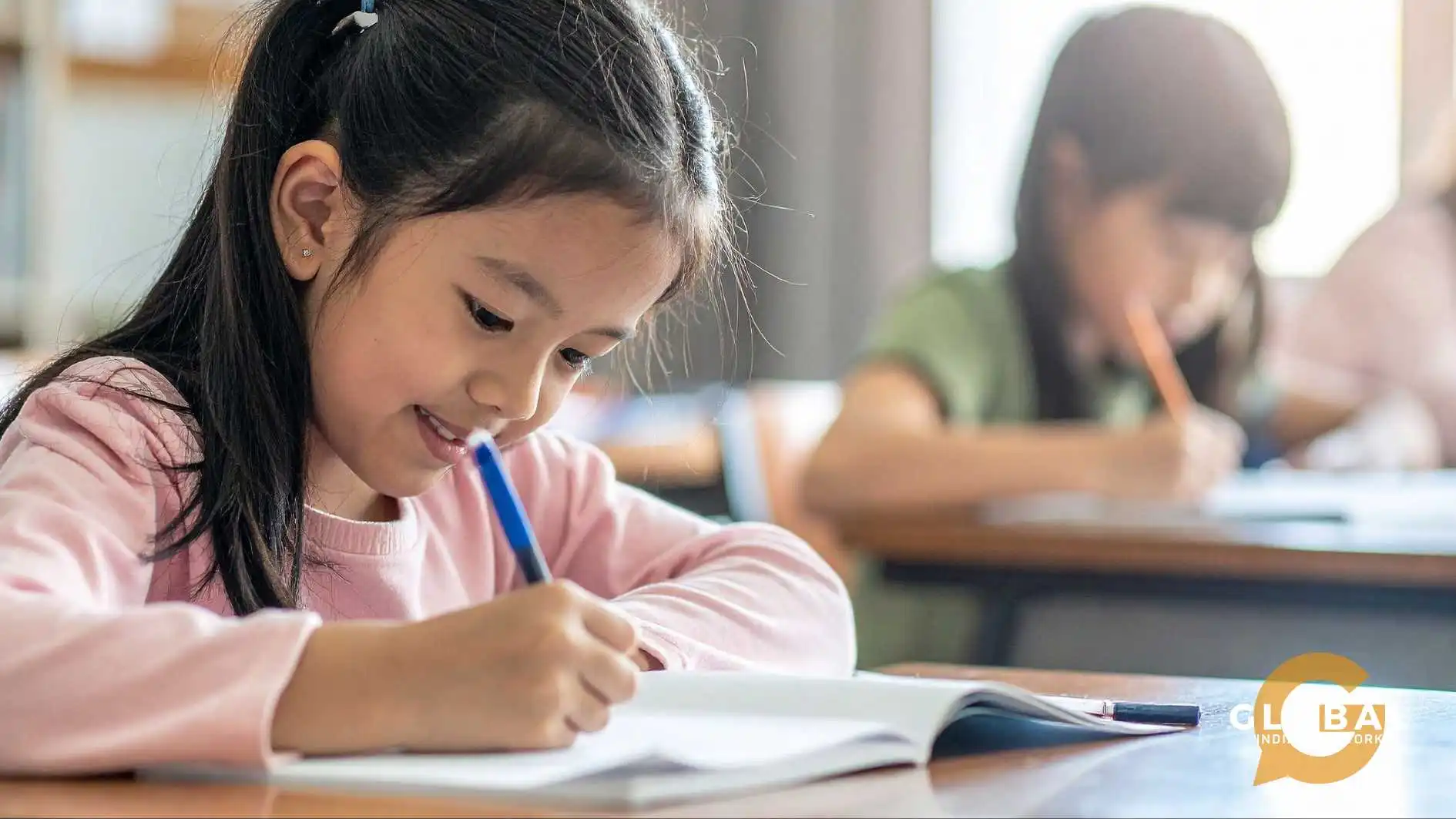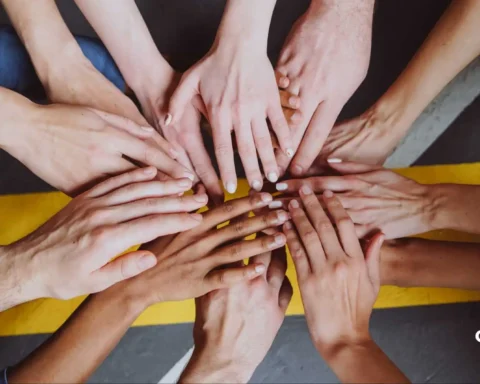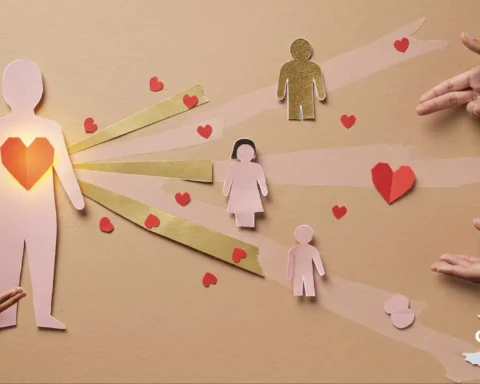Students are now living in a world of digital scrutiny, and developing student confidence is an important task of educators, parents, and policymakers. Anxiety and digital overwhelm are not solved by one cure, but a woven set of strategies to pursue in everyday activity to cultivate self-esteem and strength. Building student confidence is not a side effect; it is the core of developing empowered students and future-ready citizens.
Table of Contents
The Impact of Social Media and Anxiety
As social media takes over the lives of students, the pressure to show flawless pictures, gather likes, and follow the trends causes more anxiety and comparison. It is also affecting the entire student-confidence-building process whenever validation is conducted based on virtual applause, rather than actual achievement. Studies associate excessive use of social media with loss of self-identity and anxiety, which is harmful to the development of confidence in students.
When the digital world has become the reflection in which students perceive themselves, it takes daily, purposeful intervention to develop student confidence.
Why Building Student Confidence Matters
Developing confidence among students is significant as it will enable students to confront difficulties with a positive mind and remain motivated. Students who feel confident are more likely to explore new things, ask questions, and push on when faced with challenges. This is because developing a sense of their abilities results in higher grades and enhanced problem-solving capabilities, which in turn lead to even more effort, ultimately leading to a rise in confidence.
Also, confidence makes students overcome stress and anxiety related to academic issues. Learning and social interactions, when students feel competent, lead to increased involvement in the learning process and demand assistance as necessary. In general, boosting the student confidence not just prepares young learners for success in school, but also helps them grow personally and face new challenges in the future.

Building Student Confidence Strategies
Developing student confidence begins with the knowledge that all learners are struggling with specific challenges and have their own strengths. The following are effective strategies:
- Establish a Respectful, Safe Climate: Classrooms must become places where performance is rewarded through open communication and where mistakes are viewed as learning opportunities. Safe spaces enable students to be in a position to explore new ideas without fear.
- Establish Attainable, Individualized Objectives: Divide larger tasks into smaller ones and celebrate the accomplishment. Goal tracking and positive feedback make students motivated and strengthen student confidence.
- Choice and Student Voice: When students are given a choice in their topics, groups, and type of project, they are more likely to be engaged. It demonstrates confidence in their choices and increases self-esteem, an essential component of creating confidence in students.
- Active Listening: This is helpful as teachers and parents gain a clear insight into the concerns, feedback, and ideas students have. This legitimizes the voice of students and is respectful, which is key to the development of student confidence.
- Promote Peer Support and Cooperation: Groupwork, peer mentoring, and rotation of group assignments can enable students to feel like leaders and team players. Student relationships among peers provide a foundation to gain confidence.
- Encourage Growth Mindset: Compliment hard work and persistence instead of perfection. Normalize errors as stepping stones to success using the examples of renowned success stories of famous people who failed in the beginning. Student confidence is based on a growth mindset.
- Positive Affirmations and Reflection: Daily affirmation and frequent review of progress allow students to overcome negative self-talk and acknowledge. This creates a tough mindset towards gaining student confidence.
- Use Creative and Physical Interests: Promote sports, art, music, and drama. They provide new ways in which students can demonstrate their strengths, acquire new skills, and gain confidence outside of academics.
Tackling Mistakes and Feedback
Mistakes, when met with support, become powerful tools for building student confidence. Criticizing errors or offering special treatment can send messages of doubt, while constructive feedback and guidance encourage growth.
Teachers should model vulnerability, sharing their own missteps and demonstrating how to bounce back. This openness promotes risk-taking and assurance, crucial for building student confidence.

The Role of Parents and Teachers
The initial role models for children are their parents, and they significantly influence the confidence of students. Children can learn to believe in their ability when their parents encourage them to work hard, rather than just work, provide enough age-related tasks and responsibilities, and create a nurturing environment at home. Examples of modeling resilience and positive self-talk teach children to internalize behavior to build confidence. Comparisons should be avoided, and individual progress should be encouraged, as this is crucial in building student confidence.
This is followed up by teachers who form inclusive classrooms where each student feels appreciated and safe enough to take chances. It is done through positive feedback, setting of realistic goals, and participation to help students feel successful and develop confidence. The collaboration between parents and teachers involved in regular communication and common objectives helps children to be provided with constant support, and this is one of the things that helps a lot in the process of building student confidence. This collaboration forms a cohesive atmosphere in which students are encouraged to develop both professionally and individually.
Building Student Confidence Every Day
Even minor but regular habits have impressive outcomes:
- Begin mornings with affirmations that are aimed at building student confidence.
- Provide students with leadership in everyday classroom practices.
- Encourage self-evaluation, note-taking, and reflection of goals.
- Switch group or project leaders, so that each of the students can see their individual abilities put to the test.
- Praise small steps, academic, creative, or personal.
- Homes and classrooms loaded with these day-to-day strategies turn the development of student confidence theory into a practice.
Conclusion
The key to student success in the age of anxiety and digital distraction is to build student confidence. Educators and families will offer students the strength to overcome life challenges by engaging in small, repetitive, and meaningful strategies. The emphasis on building student confidence makes it possible for people to be appreciated because they are not expected to be perfect, but to grow.
Uncertainty will always remain the constant companion of the future, but a generation of people who know how to build student confidence will ensure a society of empowered, adaptive, empathetic humans who are up to any challenge that the digital age can offer. Begin each day by working on student confidence, and the silence of an epidemic turns into a choir of empowered students.

FAQs
Why is building student confidence important?
Building student confidence is important, since confident students are willing to take risks, participate actively in learning, and persist through challenges. Confidence serves as a starting point for motivation and success in school by allowing students to see the potential within themselves and build resilience.
How can parents help in building student confidence?
Parents can help in building student confidence by praising effort instead of results, promoting independence through age-appropriate tasks, creating a positive environment in the home, and modeling positive self-talk. Additionally, comparing students to another student is discouraged; having parents provide praise for small wins in the home is helpful.
What are simple daily practices to build student confidence?
Daily practices include initiating the day with positive affirmations, placing students in leadership roles, recognizing small accomplishments, fostering self-reflection, and viewing mistakes as opportunities to learn. Together, these small, consistent practices create a context for building student confidence to flourish.









